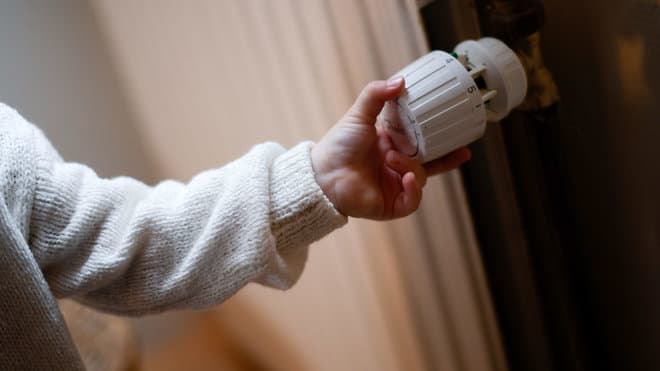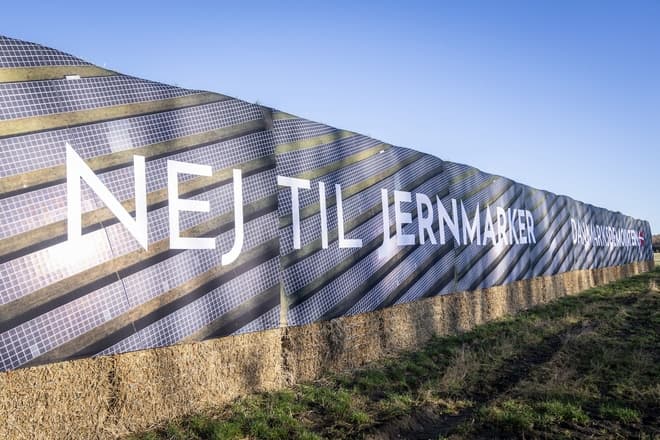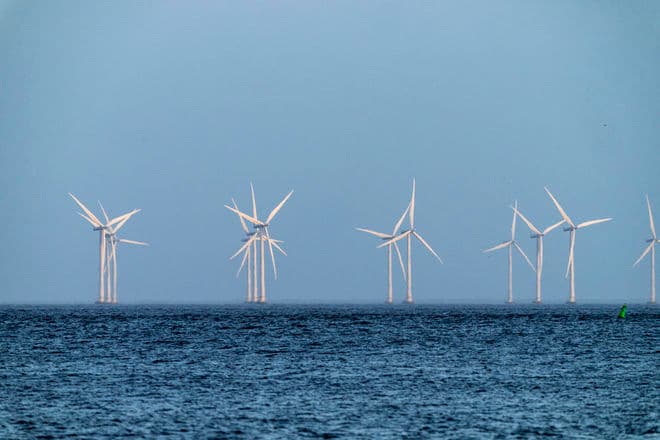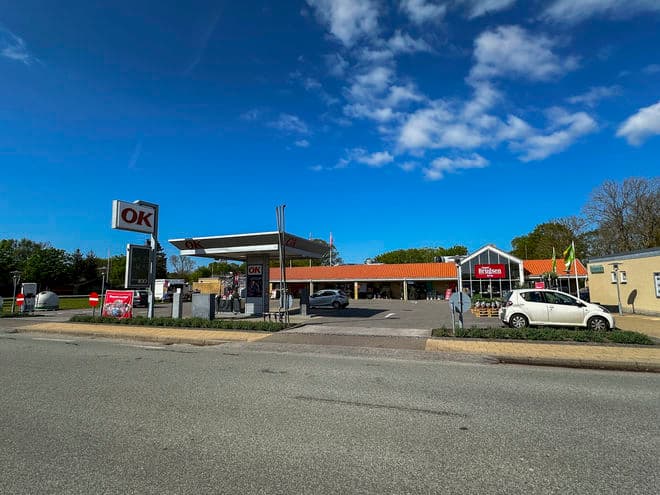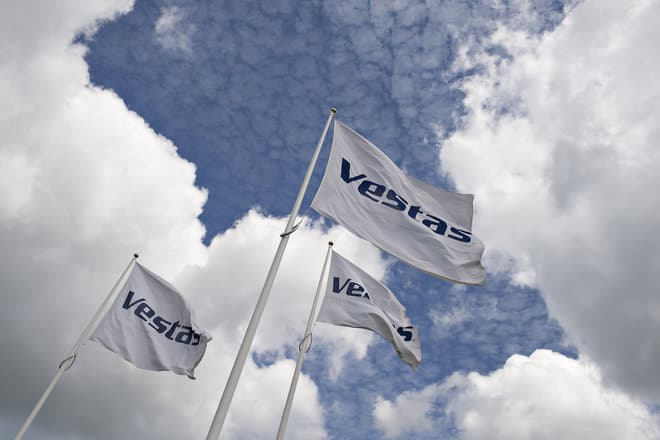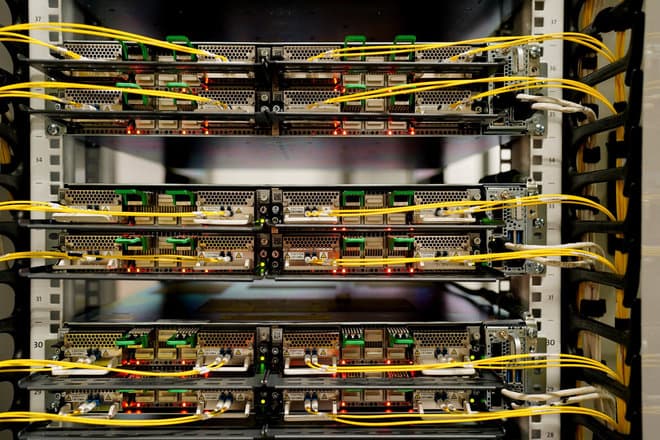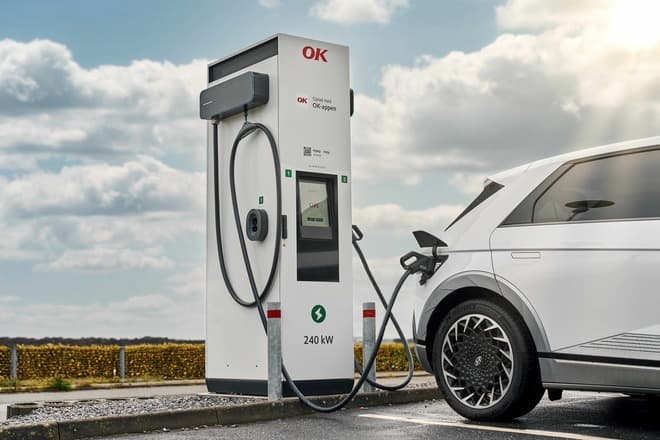Many wind turbine blades are worn out by rain, especially in the tip section, when the coating of the blades is destroyed by rain. When the coating is destroyed, the efficiency of the wind turbine is reduced and expensive repairs are necessary. Rain erosion is therefore an often mentioned challenge that both wind turbine manufacturers and wind farm owners have a great interest in solving.
DTU is a leader in rain erosion research on wind turbines and has participated in several projects in the past many years that try to solve the problem. Now the research institute has invested in a new machine, a so-called Rain Erosion Tester (RET), which will contribute to future research.
A RET is a test machine based on a 3-blade helicopter principle, where a test specimen is rotated at high speed and exposed to raindrops. The RET provides the framework for the most realistic test conditions in a controlled environment, where it is possible to simulate different types of rain and test accelerated service life on leading edge protection.
The supplier of the new machine to DTU is R&D Test Systems, with whom DTU has participated in several projects in the past many years. It is therefore extra exciting that DTU now gets its own Rain Erosion Tester, which will be used across several different research projects, says a statement from R&D Test Systems.
New features will provide new test methods
The RET that DTU has purchased will be the most advanced on the market, it will be able to emulate rain with three times the intensity because the rain field can be opened up to 1,800 needles instead of the standard 600 needles. In addition to increased rain density, DTU has also chosen to incorporate a heat pump to heat the ventilation air. In addition to reducing energy consumption, it also provides increased possibilities for controlling the temperature.
- It is a known problem that a test acceleration at increased speed can cause erosion phenomena that do not replicate reality. With three times more drops, DTU will investigate the possibilities of accelerating the erosion tests without compromising the results, says Niels Pedersen, key account manager at R&D Test Systems, and elaborates:
- Time is money, so our customers always have an interest in shortening a test period if it can be done without compromising the results, which is why we are very much looking forward to developing a machine where the tests can be accelerated to a greater extent by increasing the rain density, elaborates Niels Pedersen.
The new test machine will be installed at DTU's Risø Campus, where a new test facility will be built for the machine.
- For the first time, we made a specially designed test chamber, so DTU has been able to get exactly the dimensions they wanted. DTU wanted both a larger test chamber and more space for the operators, who would also have one of Denmark's best views directly down to Roskilde Fjord, says Niels Pedersen.
amp
Text, graphics, images, sound, and other content on this website are protected under copyright law. DK Medier reserves all rights to the content, including the right to exploit the content for the purpose of text and data mining, cf. Section 11b of the Copyright Act and Article 4 of the DSM Directive.
Customers with IP agreements/major customer agreements may only share Danish Offshore Industry articles internally for the purpose of handling specific cases. Sharing in connection with specific cases refers to journaling, archiving, or similar uses.
Customers with a personal subscription/login may not share Danish Offshore Industry articles with individuals who do not themselves have a personal subscription to Danish Offshore Industry.
Any deviation from the above requires written consent from DK Medier.


